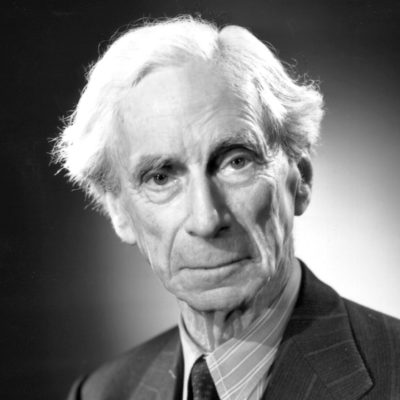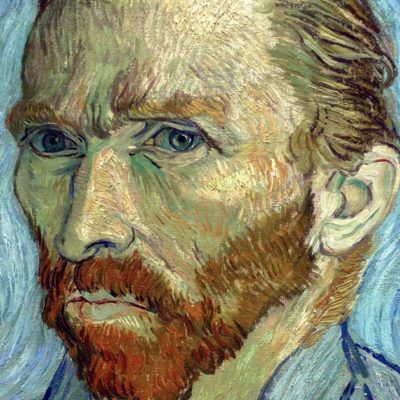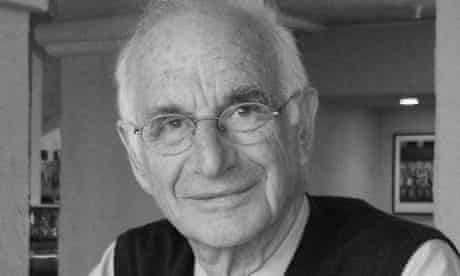Attachment / Differentiation
A post by Ellen Bader on the attachment debate.
A Debate worthy of study.
I’d say they are a dialectical pair.
May we have good fortune
In a technological era like ours, the fate and future of the spontaneity principle as a major pattern of culture and living may depend on good fortune in tying it up with technological devices.
Moreno Psychodrama v. 1 p. 403
Back online
I had to do a big thing. The whole of this blog was corrupted. Nothing. With long guides about how to reinstall and reconnect to the database I did it.
I was scared of loosing this. I realise how much I love it when it is gone. Like Christchurch after the earthquake – I was not really home here in Christchurch till now when it is just a mess.
Pleased to see my post about wisdom & consciousness come up. How against the grain that is! I wonder why so may of the people I know who are “idealist in the philosophical sense” don’t dispute my outrageous claims against the received wisdom that is the engine that drives psychotherapy and pretty much all of self help and liberal politics.
Never mind… I’m saying nothing original, just marxism and Moreno stuff that no-one seems to get. I’m curious… is this important? I don’t think liberal tolerance of liberal ideas is a healthy thing. But then it does not really matter… that is the point, reality will win out no matter what stories we tell.
Bear with my reflections…
The ideology does not matter, but being in touch with what reality is up to… that does matter. Who can really figure What is to be done at this time? Wishful thinking wont help much.
~
Anyway, pleased the blog is back
Later, Tuesday, 17 October, 2017
“Men make their own history, but they do not make it as they please; they do not make it under self-selected circumstances, but under circumstances existing already, given and transmitted from the past.”
“It is not the consciousness of men that determines their being, but, on the contrary, their social being that determines their consciousness.”
… every culture is characterized by a certain set of roles which it imposes with a varying degree of success upon its membership.
Moreno Who Shall Survive? p. 88
Two forms of the cultural conserve are referred to in my writings: the technological conserve, as books, motion pictures, robots, and the “human” conserve, the conserve which uses the human organism for its vehicle.
Psychodrama v. 1 p. 123
Disturbing motives
Love the work of Austin Kleon – this is an image from his 2018 Calendar
If “the focal conflict model” could be described in a picture, this is it. The black abyss shows the depth of the concept, and “We” that it is often something we share. The group is larger than the sum of its parts and can have its own disturbing motives.
Here is a link to the original analytic paper about these matters.
Pace Layer Thinking : Theory of Change
Pace Layers Thinking: Paul Saffo and Stewart Brand @ The Interval — January 27, 02015
Wonderful podcast. Great exposition of an idea that came through looking at houses and then could be generalised.
The thinking applies to design as well as social change.
The image gives the idea:

~~~
I think of other theories of change:

Needs more explaining but has broad application W = warm-up
~~~
And then there is Dialectics. Not to be dismissed. Hegelian and then Marxist.
Knowledge
Just listened to Plato’s Republic podcast on BBC, In out Time — Plato’s Republic MP3
Got me thinking about the story of the cave. Ordinary people are fooled. Only certain elite trained people can see the world properly. They are enlightened. At one point they mention that knowledge (according to Plato) is not “bits” but that at a certain point there is a whole shift to a new mental state. It reminds me of spiritual enlightenment. They use the word ‘enlightenment’ in the podcast.
I think a qualitative shift in knowledge is possible. But it is not in the state of mind, that makes the shift. Something has been discovered, it is based on evidence. It can be taught, e.g. The world is round – species evolve. That is not a new state of mind, anyone can learn these things. There is “common wisdom” (maybe as old as this stuff in Plato) that ordinary learning won’t do the trick, that we need to go through some spiritual process of cleansing, saving or sitting and that there are special teachers. Plato certainly raises the right question – what is knowledge and what is belief, but his answers are not convincing, and maybe pernicious.
“We need a new state of consciousness before the world can change.” I hear that a lot. This spiritual answers seem wrong, yet Marx also talked of class consciousness. Certainly we need thorough study and knowledge. But the paradigm shifts don’t happen to “us” they happen as science, and social science discovers more about the way the things and people work. Then people need to be taught that stuff.
~
Listened to another rather wonderful podcast Kim Hill interview with Ken Loach — Ken Loach – Life and films MP3 One moment I liked was where he says that class struggle in capitalism is not a belief of some kind. Once you have learned about it, like evolution, it is how it is.
Ken Loach:
Milestone Mentors
People who impacted on me. Roughly in the order they did so. How I came to think the way I do, the intellectual & cultural biography. The juicier life story with real people is another, more personal story. The post about this post.
I had a few pop idols when I was a teenager. Mostly my mentors were people living around me. Then something new happened in a moment while reading Bertrand Russell that changed how I saw things. I think the book was called “On Morals”, but that does not seem to exist. Maybe it was Marriage and Morals but I can’t find the line I recall. “Morals is the science of how to live one’s life.” That does not Google, but that is what I recall. And as a teenager how to live my life was a burning question – that there was a science for that was very appealing. Further reading did not help much in a practical way (I will add Zorba The Greek to the list), but I began to read philosophy, and loved it.
I think of Russell as of marker in the sand for humanist, atheist, positivist rationality. ““I believe that when I die I shall rot, and nothing of my ego will survive.” I liked that. It summed up the atheism I was bought up with. (Now I think it is all a bit more mysterious. Maybe the universe forks and folds?)
And for a readers digest version of philosophy there is nothing to beat A History of Western Philosophy
And he was part of Ban the Bomb. And The Committee of 100
Talking of pop stars – this one was the first one I noticed. I was about 12.
Great stuff, but really, my main heroes were not popstars.
We had a book of his paintings at home, I saw a movie and read a biography. Later I saw exhibitions. Loved it all. I am attracted to outsiders.
CMW
Peter Pinney
The link to an album presented in Adobe Flash no longer works
Why he’s on the list.
Led to travel, New Zealand mountains.
Zorba the Greek
Colin Wilson
His book The Outsider led to my big shift at about same time as Peter Pinney
The book is a series of essays about what he calls outsiders, but presented from Wilsons existentialist position. Again how to live life! I identified with the central theme that outsiders are those who see too much. The main thing I got from the book is that I follwed through on every writer he mentioned. Now I knew who to look for in the library.
Colin Wilson is a bit of an embarrassment. He has an elitist perspective. Outsiders are artists and gifted, but not “supermen” above the doomed masses. He has an idea that the outsider has failed on some journey to enlightenment. I don’t like that type of spiritual approach to life, and did not even as CW put it forward.
Ivan Illich
Ludwig Wittgenstein
Marshall McLuhan
Stewart Brand
Karl Marx
Moreno
Osho
James Hillman
https://www.instapaper.com/read/1464712293
Thomas Moore
Marriage dead or alive
Marshall Rosenberg
Harville Hendrix
Hedy Schleifer
Bill Doherty
Heroes
I quoted blogger Tim Boucher back in 2010 in this blog.
The link in that post to Tims page is only available on the Wayback Machine.
I dug it up today as I was thinking of mentors and heroes. I look back and see how admired them, I fell in love with some and idolised some. I still do! They are all different, they teach different things some are enemies of the other. I’m thinking of them as people I have learned from. Mentors might be the right word.
I still like what I wrote:
“I like to think I am not into having heroes but most of these from tb are my heroes. I’d add a few: J.L. Moreno, James Hillman, Jim Rough, Karl Marx, Andy Warhol, Jackson Pollock, Kurt Vonnegut, Peter Pinney… of course they are all a bit flawed, but that is where the light gets in… I’ll add Leonard Cohen, and there are a lot of non-famous real people who have had a bigger impact!”
And Tim replied:
“it’s not that your heroes need to be perfect, so much as it helps to have ideal images after which to model oneself. its a lot easier to build a car if you know what a car looks like, how it feels, how it operates!”
I’ll make a list, with some quotes and links. Maybe in rough chronological order of then coming into my life. I’ve begun the list!
Later Tuesday, 16 April 2019 — still working on that list — I’ve published the perpetual draft.
Wisdom
Snapped that off my Kindle – it is a chapter title half way into Epitaph: A Novel of the O.K. Corral – by Mary Doria Russell – Amazon
I thought, wow that is well worded. Google:
“So on they fought like a swirl of living fire –
You could not say if the sun and moon still stood secure,
So dense the battle-haze that engulfed the brave
Who stood their ground to defend Patroclus’ body.”
Book 17, Illiad








